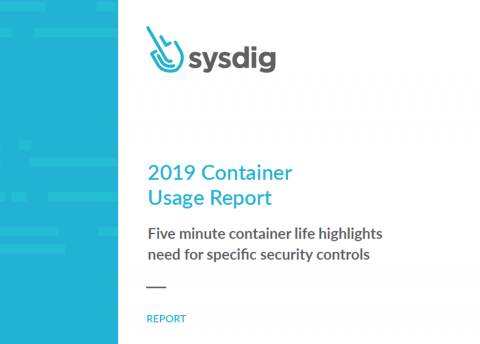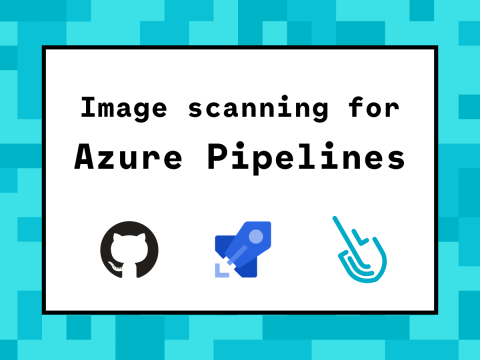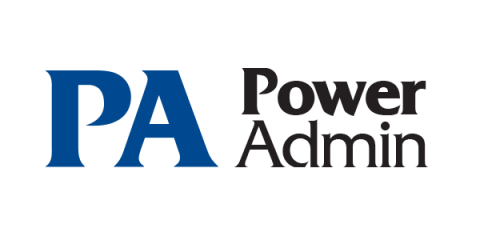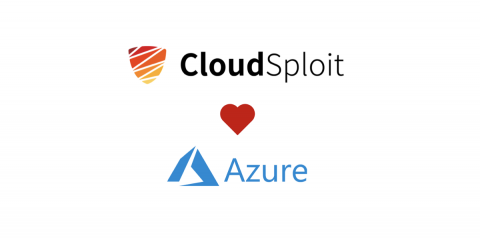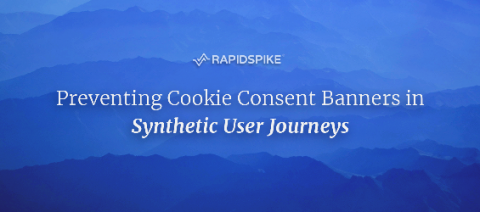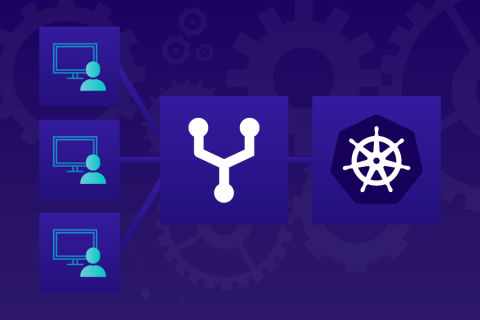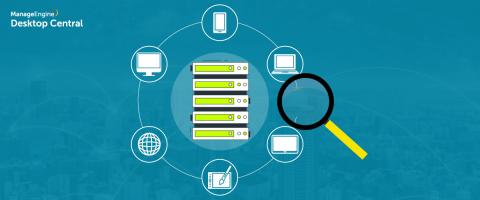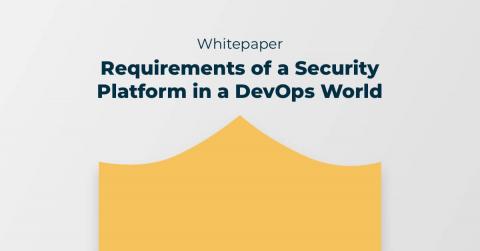Operations | Monitoring | ITSM | DevOps | Cloud
Security
The latest News and Information on CyberSecurity for Applications, Services and Infrastructure, and related technologies.
Sysdig 2019 Container Usage Report: New Kubernetes and security insights
We’re excited today to release the Sysdig 2019 Container Usage Report. Continued momentum for Kubernetes and greater adoption of cloud-native architectures are changing not just usage patterns, but processes and organizational structures as well. One of the surprising insights this year is the 2X increase in the number of containers that live for less than five minutes. As services grow more dynamic, cloud teams are recognizing the need to integrate security into their DevOps processes.
Image scanning for Azure Pipelines
In this blog post, you’ll learn how to setup image scanning for Azure Pipelines using Sysdig Secure DevOps Platform. Azure DevOps gives teams tools like version control, reporting, project management, automated builds, lab management, testing, and release management. Azure Pipelines automates the execution of CI/CD tasks, like building the container images when a commit is pushed to your git repository or performing vulnerability scanning on the container image.
How to Keep Malware Out of Your Printers
The landscape of cybersecurity is always changing, and new threats are constantly emerging. One of the newest – and the most interesting, if you are into that kind of thing – is the rise of printer malware. This type of malware started to be reported in November 2017, when Barracuda Labs saw an attack where cybercriminals spoofed a printer to send a malicious attachment that appeared to be a legitimate file sent by a network printer.
Announcing CloudSploit for Azure
Today, CloudSploit is excited to share that our cloud security auditing solution is now publicly available for Microsoft Azure IaaS accounts. This release includes all the hallmarks of CloudSploit’s existing service for Amazon Web Services: an open source core scanning engine, PCI and HIPAA compliance program mappings, detailed security reports including recommended remediation information, links to official Azure documentation, and full support for all 42 Azure regions.
Five worthy reads: Cybersecurity drift: Leveraging AI and ML to safeguard your network from threats
Five worthy reads is a regular column on five noteworthy items we’ve discovered while researching trending and timeless topics. This week, sticking with October’s cybersecurity awareness theme, we’ll take an in-depth look at both the good and the bad of artificial intelligence (AI) and machine learning (ML) in cybersecurity.
Preventing Cookie Consent Banners in Synthetic User Journeys
Cookie consent banners and popups are a little like that annoying friend who turns up at your house unannounced when you’re trying to do the washing, asks too many questions and is tricky to get to leave. They’ve also brought their 3 year old with them who’s favourite past time is to pull on your dog’s tail and stare at their private parts. Unlike such visitors, cookie consent banners can be prevented in your synthetic user journeys if you know how.
Enable GitOps for Kubernetes Security - Part 1
“How do I enable GitOps for my network policies?” That is a common question we hear from security teams. Getting started with Kubernetes is relatively simple, but moving production workloads to Kubernetes requires alignment from all stakeholders – developers, platform engineering, network engineering, security. Most security teams already have a high-level security blueprint for their data centers.
Monitor these loopholes to ensure complete network security
The continuous evolution and growth of the endpoint devices in enterprises makes network security management a primary concern for IT departments. As a sysadmin, you strive to ensure the safety and security of every device in your network. You are on a constant lookout for vulnerabilities and issues that might disturb the shield that protects your enterprise devices. With dynamically changing trends and technologies, it’s easy to miss details that might compromise your network’s armor.
Requirements of a Security Platform in a DevOps World
Businesses today cannot afford to be hacked. Cyber attacks can result in hefty fines and lawsuits, not to mention the reputational damage that can result in long-term revenue loss. Of course, this has always been true. But what has changed over the past few years is both the sheer volume of attacks and the growing sophistication used in them. As a result, there is a need an updated and upgraded kind of SIEM security platform to face them.


